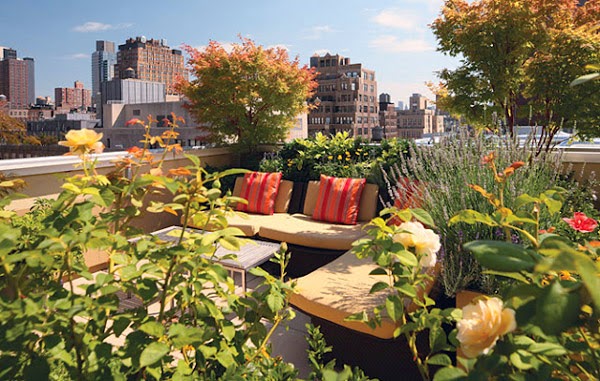Do you know that African Violets are one of those rare indoor plants, those grew around the year. In fact they are the some of the easiest indoor plants to grow, once you know some of their simple requirements and necessities.
African Violets love natural filtered light and not direct sunlight, so there are few keys element to always remember and there will no reason you can't have a house filled with colorful, velvety African violets.
Now, have you ever struggled to maintain them, just follow these steps and you are done.
1. Placing of African violets: Placing in the right direction is the soul for them to live. Always avoid hot or direct sunlight, it will scorch the plant and burn the leaves. There natural habitat is under forest canopies. So, the indirect sunlight or good filtered light are the best to flower your plant year around.
Do you know that African violets do well in artificial lights also, like in your office. Thus they are flexible plants.
2. Favorite temperature for African violets: African violets are little sensitive plants and prefer to be on there comfort zone. So, any large variation in the temperature around them can effect there blooming. the best range of suited whether for them is (18 degree C to 24 degree C) during day and (15 degree C to 18 degree C) during night.
3. If you like then use African violets pots: There are special pots for African violet, they come in two different pieces. If you want to use these pots, pot the plant directly in the top portion of the pot. These pots come with the instruction to keep the lower portion of the pot filled with water. So, the trick is not to do that until and unless the soil is dry, pour water into the lower portion put the top pot in for about an hour or until the plant is nicely moist, then pour out any unused water.
If you do not want to buy these special pot, the same way can be adopted with the normal pot also.
4. Water them: I just said water them not over water them. the easiest way to kill them is by over watering them. the best way to water you plant is not directly, keep a saucer underneath your pot. When you feel the soil has started to dry out simply fill the saucer.
Also do not mist the foliage, water spots on the foliage may cause permanent leaf spotting.
5. Nourish them with fertilizer: African violets will flower more often when you fertilize them regularly. Another things these plants do not like cold water nor chlorine.
6. Repot then in every six months to one year: The soil you use must have excellent drainage. This is critical. You can buy pre-packaged African violet soil mixes or mix your own using 1/3 peat moss, 1/3 vermiculite and 1/3 perlite. Secondly, use the right sized pot because all Saintpaulia must be potbound to flower, so choose a pot that is 1/3 the diameter of the plant.
In other words, the plant should be 3 times the diameter of the pot it is in before potting up. An African violet's root system is only about 1/3 of the diameter of your plant. A four inch (10 cm) pot is usually adequate, but measure to make sure. Choosing the proper sized container also helps prevent root rot because if you use too large and deep a pot, it will lead to excess moisture in the soil and the roots will die.
Note: If one of your African violets has developed a neck, which is that bare place where the leaves have been taken off, make sure to repot your plant as soon as possible, and make sure the neck is covered with soil when it has been replanted. It will grow new roots along the newly buried neck area.
One last note - African violet plants are pet friendly and they are not toxic to animals, so you can have as many as you want throughout your home!.










































